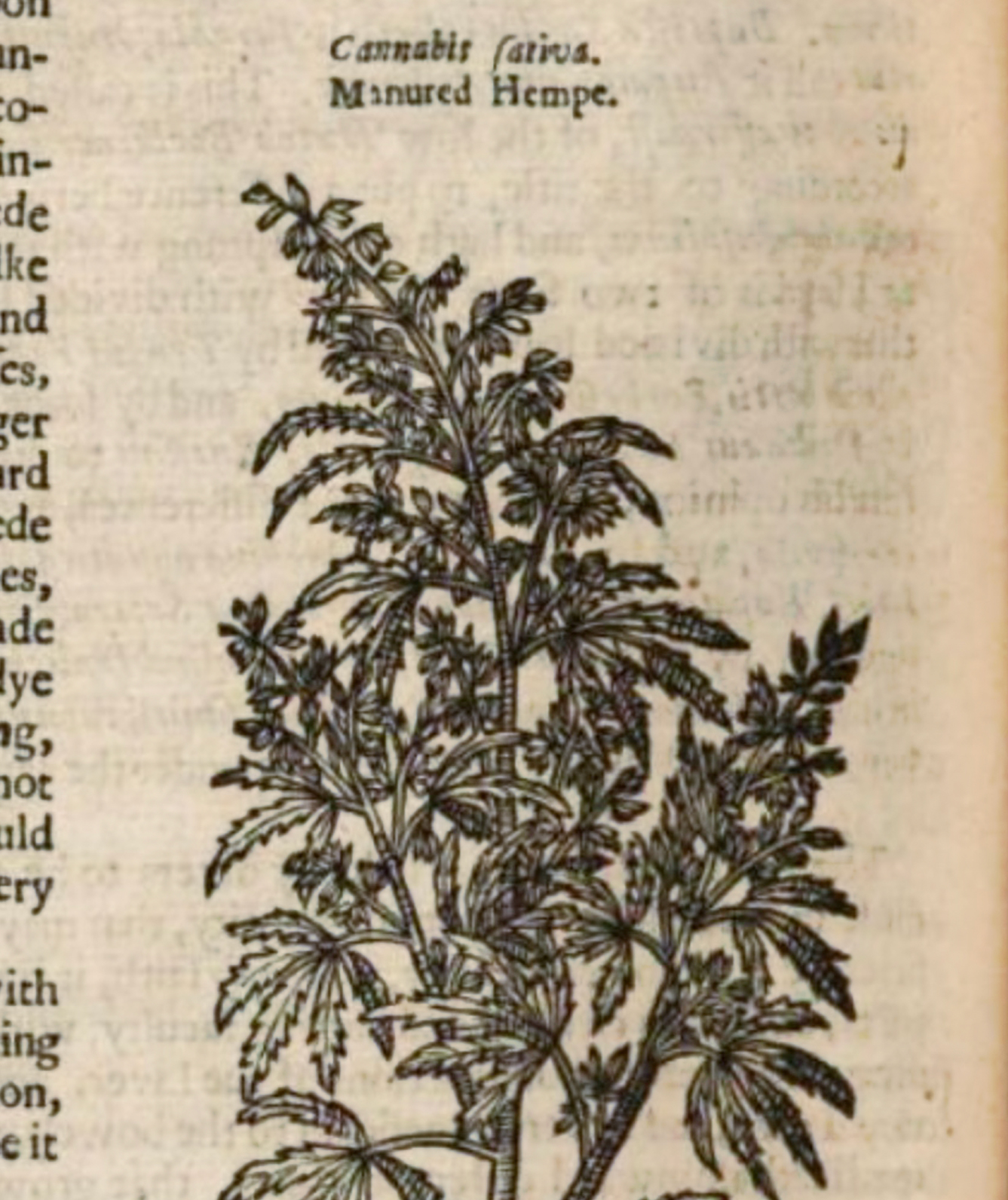Hemp Farming
Industrial hemp is a legal, versatile crop with a value chain that impacts every major industry. But just because it’s legal does not mean it’s easy to grow. As with any crop it requires vigilant adherence to best practices, knowledge of varietals and soil conditions, and as any farmer knows, a little luck. Because of the complexities associated with the profitable cultivation of any crop, the following is meant as an overview, and should not be considered a comprehensive guide to hemp farming.
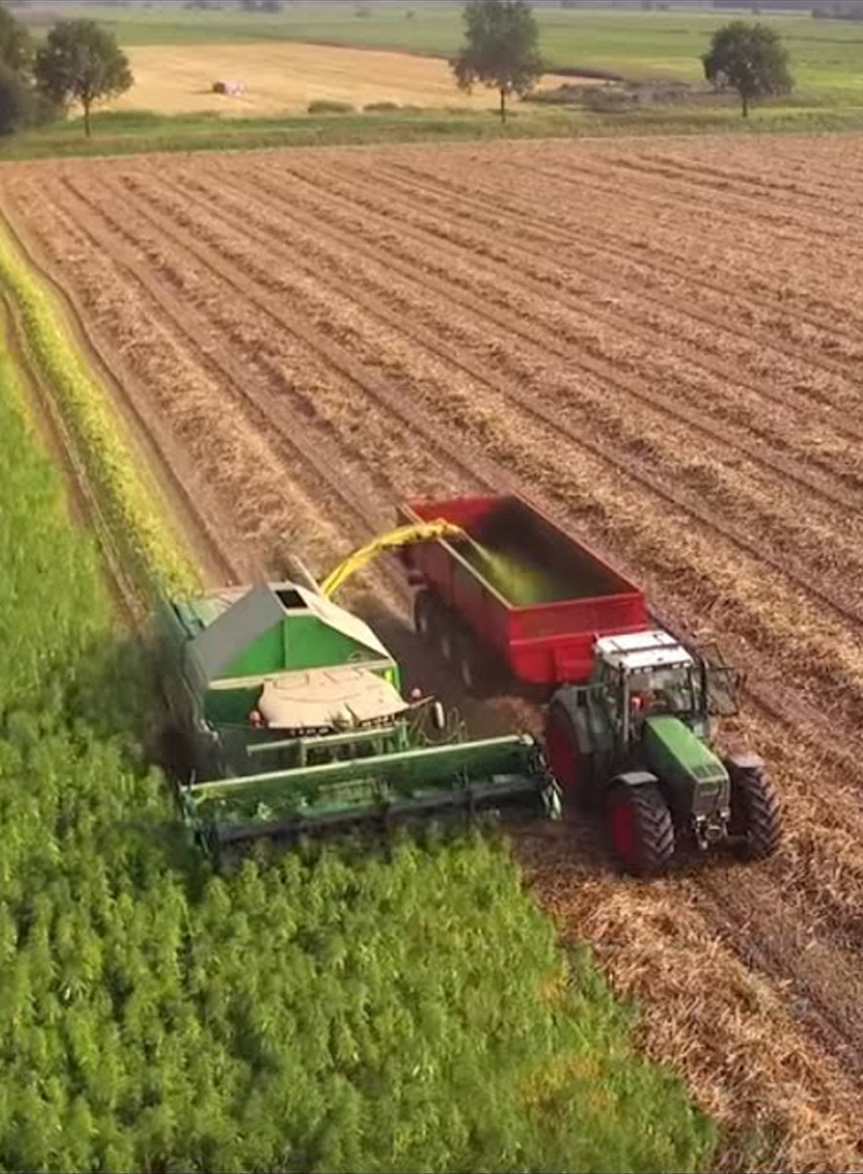
Hemp Farming Basics
First, farmers need to decide if they’re planting for fiber or for seed, as best practices differ depending on the end market. Genetics, meaning what type of seed, are critical, and many first-time hemp farmers will plant multiple small test plots the first year to determine what works best for their geography and climate. Field preparation has a major influence yield, and farmers will also need to know if they plan no-till, where the soil is not broken up and overturned before planting to maintain as much embodied carbon as possible, or tillage. Hemp requires fewer fertilizers and pesticides than other row crops, but the idea that it requires none is a myth. Harvesting is where hemp’s differences really stand out — for fiber varietals, the same features that make the crop a great industrial throughput can make it really tough to get off the field. With the right equipment and knowhow, hemp can be the high-yield rotational superhero famers are looking for.
Many thanks to long-time friend and supporter Ross Duffield, hemp grower and owner of Bonnie Blue Farms, from whom the following was adapted.
Selecting Hemp Genetics
There’s a saying in agriculture, “garbage in, garbage out.” For success, you have to reverse-engineer the process for the desired outcome, meaning farmers desiring a high-quality fiber yield must plant high-quality fiber seed. For grain, or hemp seed for sale into food and feed markets, the sowing seed is not the same as for fiber. (Also note fiber varietals typically grow much taller than grain varietals.) Different seeds are called cultivars or varietals, and they should be sourced from a reputable supplier. Because the industry is young in the US, that often means sourcing internationally.
Before buying, gather as much data as possible from your seed supplier. It’s important to know if your region is similar in temperature, rainfall and daylight hours to the region the seeds originated in. Gather field data from past seasons to better ensure success. Germination rates over 85% are preferable. Test germination rates by selecting 100 seeds, placing them in a moist paper towel and checking for sprouts in two days. For sowing, the recommendation is heavy: 30-50 lbs of seed per acre.
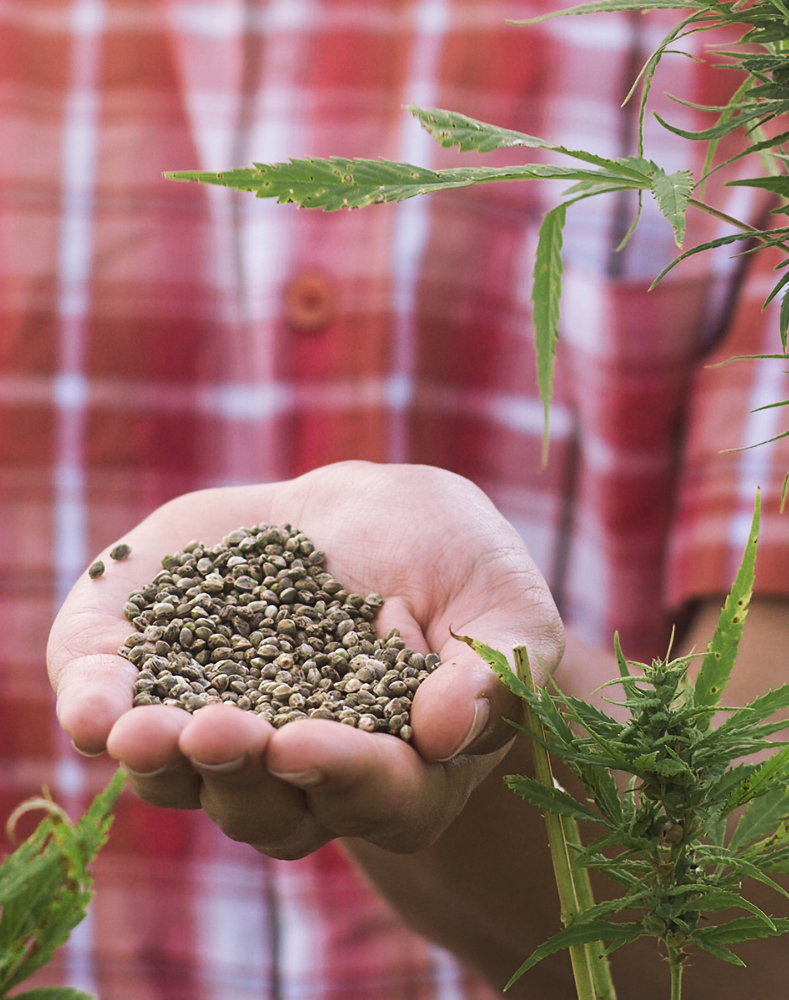
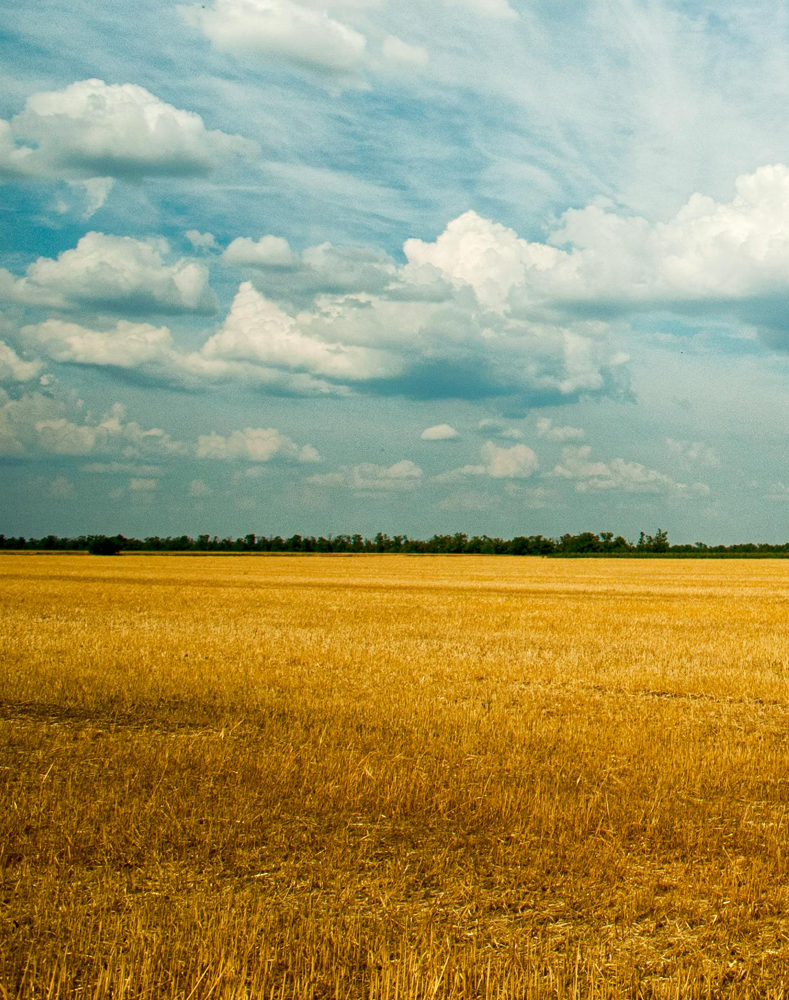
Hemp Field Preparation
Test soil in the fall, about six months before planting hemp. This gives you enough time to achieve the ideal pH balance in your field, which for hemp is 6.5-6.8. High organic matter in the soil — also called “living soil” — is preferable, and can help with proper nutrient management without the overuse of fertilizers. Cover crops increase soil fertility and keep the soil healthy with fewer chemicals. Terminate the cover crop at the right time, typically when the crop begins to form flowers. If you terminate too early the cover may stand back up and become weeds, if you wait too long it may hard seed and be very difficult to eradicate.
Hemp farming and the regenerative farming practices are both experiencing a resurgence, so we will cover both “no-till” field preparation and typical tillage preparation which is still more prevalent in the US.
No-till field preparation uses cover crops to fix carbon and nitrogen in the field, making healthy soil preparation possible with fewer chemicals and leaving embodied C02 in the ground where it belongs. Cover crops like cereals, winter wheats, legumes and field peas, and hairy vetch in combination are good options for soil health. The cover should be terminated at the right time, typically when the crop begins to form flowers. Farmers usually use a roller crimper to destroy the cover. Alternately you can plant hemp right after the early harvest of a cereal grain.
For typical tillage preparation vertical tillage is recommended. The soil should be worked until fine and firm as you would prepare a field for beets. Minimal tillage over your entire crop rotation is still recommended to improve and maintain soil health, sequester carbon, and keep the field healthy for the next season.
Experts recommend diversity: for instance, a four to five year rotation with three to four different cash crops, a variety of cover crops, and even livestock grazing for best results.
Hemp Planting
In the US, hemp fiber and grain cultivars should be planted no earlier than May 1. Hemp does require fertilization, but input costs can be reduced with no-till practices that promote soil health. The total NPK requirement per acre is 120 lbs of Nitrogen (N), 80 lbs of phosphate (P) and 100 lbs of potassium (K). A rotation including cover crops, as well as the application of compost or manure, will help reduce the quantities of NPK needed.
Do not plant hemp when the soil is too wet or cold. The lowest soil temperature at which hemp should be planted is 55 degrees Fahrenheit. Hemp is very sensitive to flooding and thrives on a good soil structure — soils that are well to moderately drained and high in organic matter are ideal. Hemp should be rotated every three to four years.
Proper seedbed preparation is very important as the recommended seeding depth is shallow. Compaction and planting into wet soils can severely impact germination. Recommended seeding depth is ¾ – 1 ¼ inches in five to seven inch rows.
Seeding rates vary between 30-50 bs per acre depending on grain or fiber goals; less for grain, more for fiber. Grain drills with packing wheels are ideal to help firm the soil and assure good seed to soil contact. With proper planting methods you can expect very quick germination.
Hemp is hydrophobic, meaning it fares poorly with flooding. Ideal water amounts are one inch per week after the first six weeks. Pennsylvania’s climate is favorable fiber and grain hemp, with adequate rainfall and a temperate climate. In drier climates you can use a center pivot irrigation system in a well-drained field.
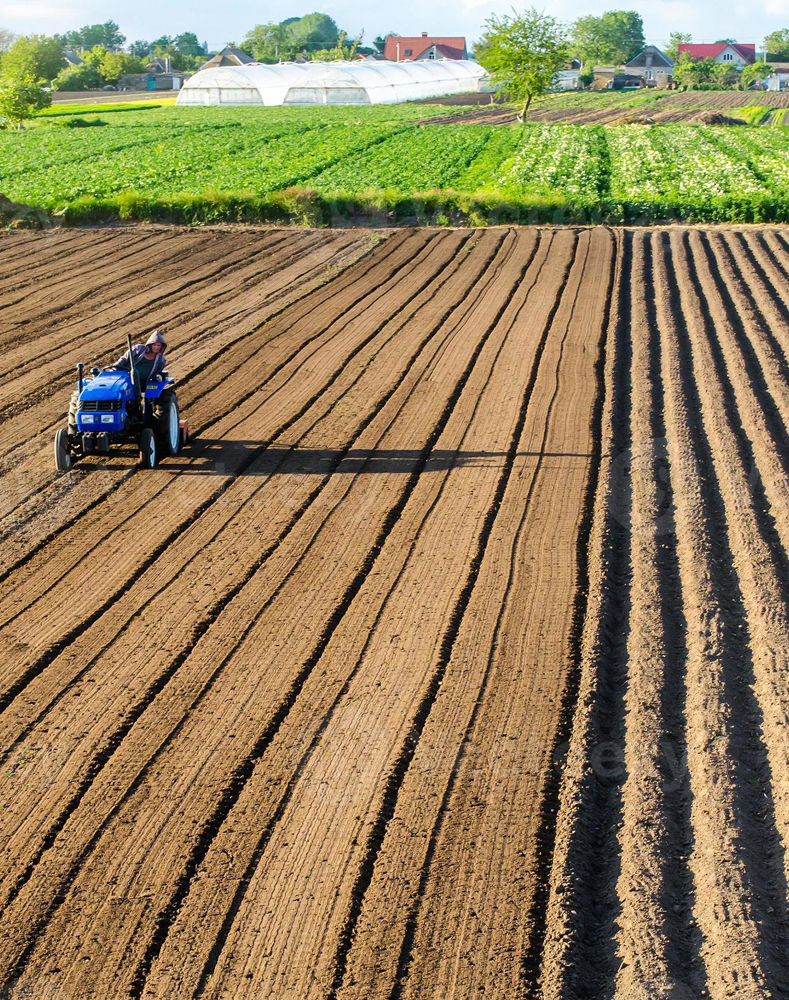
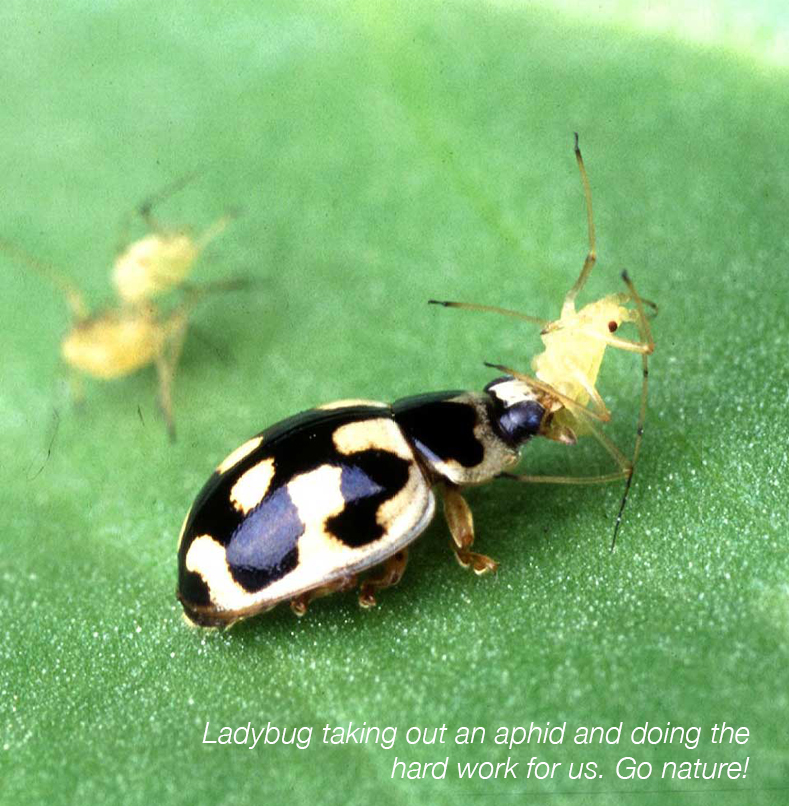
Hemp Pest Control
Of the many myths surrounding industrial hemp, one of the most pervasive is it doesn’t require pesticides or chemicals. The truth is because industrial hemp is a newer crop, it does not have a lot of habitual pests or diseases, but there are critters who like to munch it and diseases that can spoil a crop. Common hemp pests include aphids, cut worms, army worms, grasshoppers, leaf hoppers, russet mites and birds when seed is ready for harvest. Farmers can minimize bird damage by harvesting before the seed is completely dry. Hemp diseases include powdery mildew, stem rot in wet conditions, gray mold, and rust. Spraying grain hemp can be done using conventional equipment; due to the height of fiber hemp the spraying application is challenging. Pest and disease pressure can be reduced with a diverse crop rotation and livestock integration where possible. There are currently very few approved pesticides for hemp. Consult your extension agent or local farm association to find out what’s available.
Hemp Harvest: Fiber & Grain
The harvest of industrial hemp is unique compared to other cash crops, and hemp harvested for grain differs from hemp harvested for fiber. Most grain varieties can be harvested with typical combines familiar to US farmers. Fiber hemp requires specialty equipment as the market is limited on equipment that can handle the height of the crop.
If mowing for fiber use, harvest can begin earlier to prevent volunteer seeding for the following season. A combine is not necessary if seed is not to be collected; a swather or sickle bar mower can be used for dropping hemp stalks.
Grain harvest should begin when the hemp buds are fully seeded and seed moisture levels are approximately thirty percent. Hemp grain is typically harvested using a typical combine. Seed shatter potential is very high; combine settings should tend towards less aggressive reel speed. Additional equipment is suggested to rapidly move the seed to drying and storage to prevent yield loss: large grain trailer or truck, elevator (preferably a belt delivery system), and a grain dryer (mobile unit or a stationary heated dryer at grain silo. Must move the seed to a grain dryer within 90 minutes of harvest to prevent rancidity.) Grain should be dried to 8-12% moisture for long term storage.
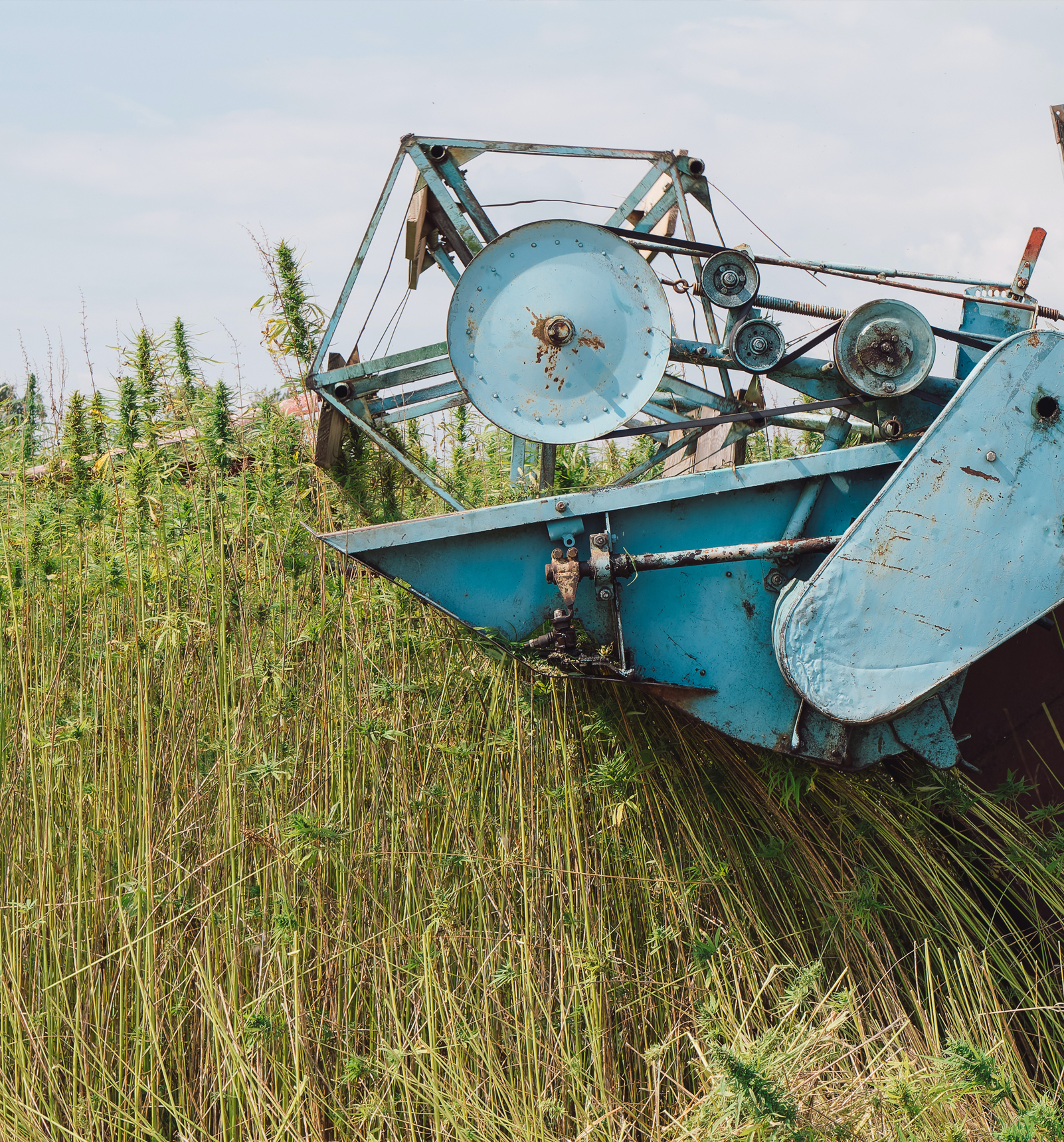
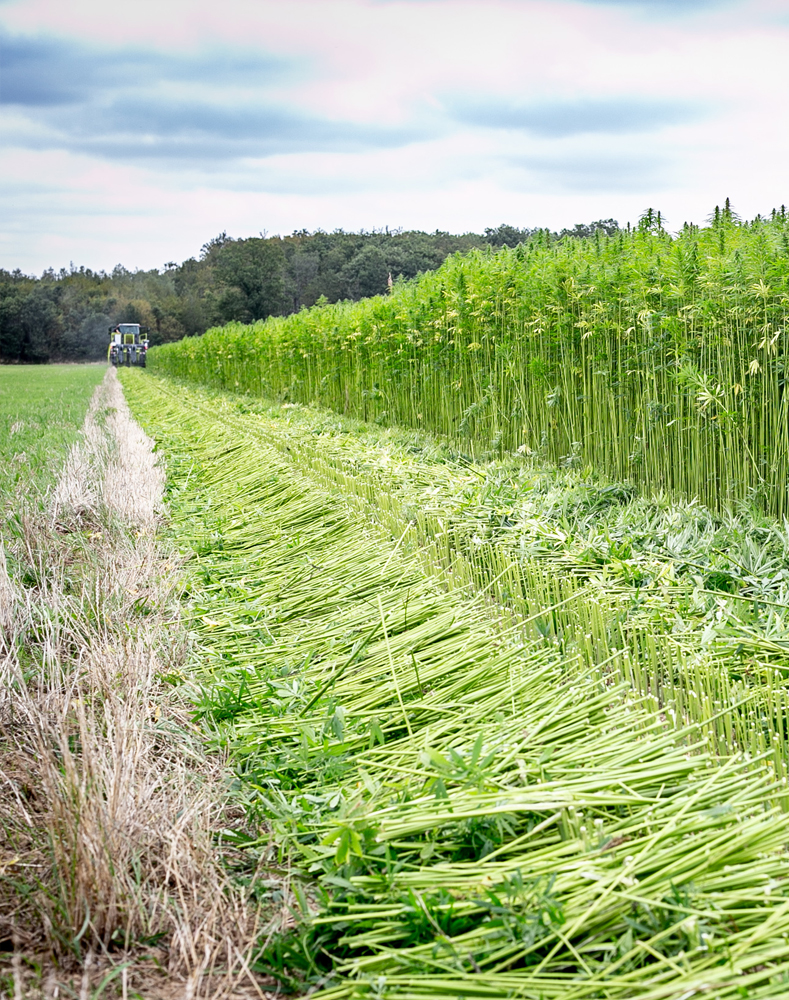
Retting & Baling: Fiber Hemp
For fiber hemp, retting and baling are important final steps of the harvest — steps which must be taken to ensure quality fiber for processing. Retting comes from the German word for “rot,” but the process might better be described as a gradual drying in the field that better prepares the fiber for separation from the core of the stalk when sent to the decorticator. After the hemp is laid down in field, the biomass should remain in a windrow for 10 to 14 days for drying and retting.
The stalks are mown at harvest and felled into windrows in the field. Once felled, retting hemp should be turned twice during the drying period, first with a carousel tedder within a day following harvest. An over the top tedder, or straw walker are also options. It’s important to make sure that the swath does not gets too wide. Driving over the harvested crop can reduce quality. Turning the fiber at high speed can result in yield loss.
You’ll know the crop is ready to be baled once the hemp is dry enough by breaking its stem. The hemp is dry enough when the hemp truly breaks — if the hemp just cracks, the product is still too damp.
Once the crop is retted you should get it baled and off the field as soon as possible. For baling the retted hemp is pressed into large round or square bales, each weighing approximately 400 kg. It’s important that the cutting device is disabled when baling to prevent damage to the machine — hemp is so dense and string it will destroy most standard blades. You should confirm with your offtake partner, but typically square bales are preferred as it makes transport more efficient.
Created in part with a grant from the Pennsylvania Department of Agriculture
Join PAHIC and benefit from resources, knowledge and a community dedicated to the ongoing success of industrial hemp in Pennsylvania.



